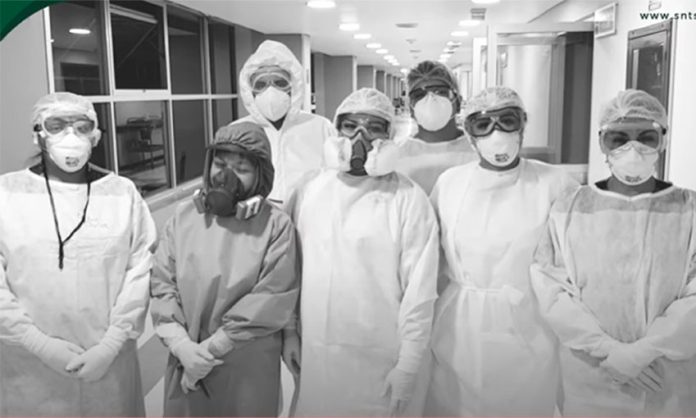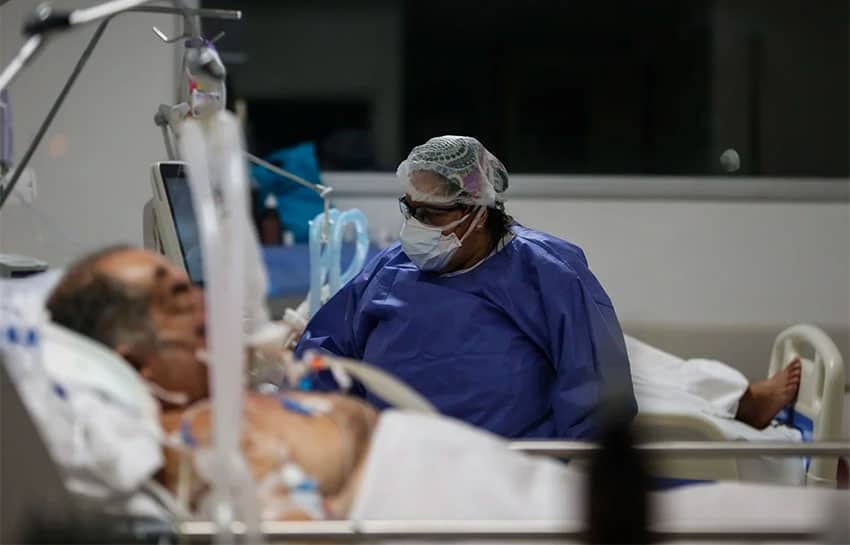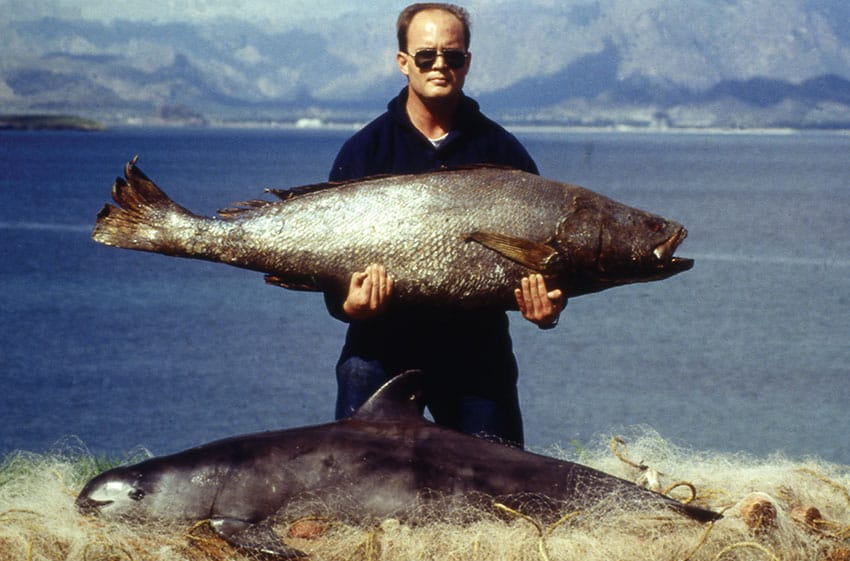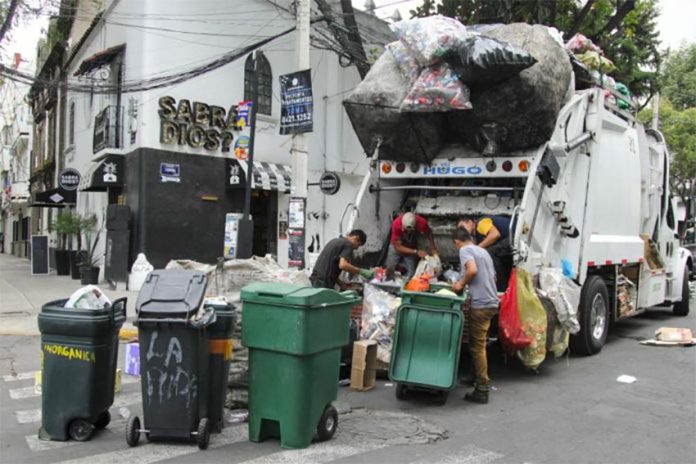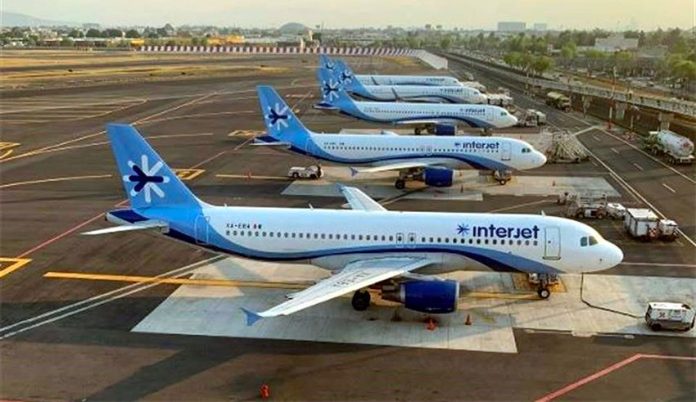Amid heavy criticism, Mexico’s coronavirus czar on Monday defended his decision to travel to the coast of Oaxaca for New Year’s even though in doing so he ignored his own “stay at home” advice.
Questioned about his trip at the Health Ministry’s nightly coronavirus press briefing after photos of him at a restaurant in the beach town of Zipolite went viral, Deputy Health Minister Hugo López-Gatell declared that he had “nothing to hide.”
“I went to the coast of Oaxaca, … I went to visit very close relatives, very good friends, and we were in a private home during the days at the end of the year. A very important thing is to emphasize the importance of … conserving very small family groups … and following the different [virus] prevention measures at the time of the different social activities,” he said.
“We had a reunion to mark the end of the year and we paid attention to these … [prevention measures] and we hope that the vast majority of people did.”
Acknowledging his visit to a Zipolite restaurant – where he was photographed not wearing a face mask while seated at a table with an unidentified woman – the deputy minister pointed out that there are not restrictions on people’s movement in Mexico, as is the case in some countries, adding that the coronavirus risk level in Oaxaca is not red light “maximum,” as is the case in Mexico City, México state and three other states.
“I was at a restaurant at a beach in Zipolite eating with the family. Here in the Valley of México we have the reality that Mexico City and México state declared themselves to be at the red stoplight level but not there,” López-Gatell said, referring to the fact that Oaxaca is currently “high” risk orange on the stoplight map.
“… The [coronavirus] realities are not the same across the country,” he added.
Citing federal midterm and state elections that will be held later this year, López-Gatell, a Johns Hopkins University-trained epidemiologist, claimed that some of the criticism of his conduct was politically motivated.
“In the electoral context, it’s clear that different political forces want to benefit, they want to create demons and create enemies to position themselves,” he said.
The coronavirus point man, who has faced criticism for his management of the pandemic for months, came under fire after the Zipolite restaurant photos, as well as an image of him with his face mask below his chin while boarding a flight to Huatulco, circulated online.
Many social media users expressed anger that López-Gatell – who the day before his trip urged his Twitter follows to please #stayathome to stop the spread of the virus – chose to travel at a time when Mexico’s health system and medical personnel are under intense pressure due to a sharp recent increase in coronavirus cases and hospitalizations.

“When thousands of doctors haven’t seen their families in Mexico or have died. When tens of thousands of health professionals can’t dream about going on vacation. When IMSS [the Mexican Social Security Institute] canceled vacations … to have personnel to combat Covid… A photo [of López-Gatell on holiday] emerges … #Shame,,” Xavier Tello, a Mexico City-based health policy analyst, wrote on Twitter.
“What Hugo López-Gatell will never understand is that what he did was not ‘to go to Huatulco with his family.’ What he did was: to disparage thousands of doctors who risk their lives; demonstrate that he doesn’t care about lives lost; [and] show that he is above everyone and everything,” Tello wrote in another tweet, adding that the deputy minister had shown himself to be completely unprofessional.
Alejandro Hope, a prominent security analyst, wrote on Twitter that the “cynicism” behind López-Gatell’s defense of his trip to Oaxaca and gathering with his family and friends was “mind-boggling.”
“The rules were (are): 1) Except for an essential reason, stay at home and 2) Don’t meet with people with whom you don’t live. Which part didn’t he understand?”
Mexico City Mayor Claudia Sheinbaum also indirectly criticized the pandemic point man, saying that she and her team couldn’t afford to take a break while the coronavirus rages in the capital.
For his part, President López Obrador said that López-Gatell has been working very hard – he fronted hundreds of press conferences last year – and has the right to take a break.
However, many ordinary Mexicans pointed out the deputy minister’s hypocrisy in flouting the government’s own virus guidelines, and some called for him to step down.
“Hugo López-Gatell, it’s better that you resign like the minister in Canada and the minister in New Zealand. You and the useless López Obrador should be the first [people] to set an example of ‘stay at home.’ [Mexico is in] first place for [its] fatality rate, you’re both an embarrassment,” said Twitter user Cristina Garza.
Rod Phillips resigned as finance minister of Ontario over a trip he took to the Caribbean island of St. Barts at a time when the Canadian province was under lockdown orders, while David Clark left his position as New Zealand health minister last July after breaking the national quarantine to visit a beach with his family.
López-Gatell has previously faced calls for him to resign, including one from nine state governors who charged in July that his strategy to combat the pandemic had failed. Responding to earlier calls from opposition party lawmakers for him to step down, the deputy minister said he was committed to Mexico and wouldn’t be going anywhere.
“This is not about playing politics, it is about saving lives and protecting people,” he said July 24, the day Mexico’s official Covid-19 death toll rose to 42,645.
Just over five months later, Covid-19 fatalities now number triple that figure, rising to 127,757 on Monday with 544 additional deaths registered by health authorities. Mexico’s accumulated tally of confirmed cases is 1.45 million after 6,464 new cases were reported Monday night.
Source: El Universal (sp), CNN (en), Infobae (sp)

